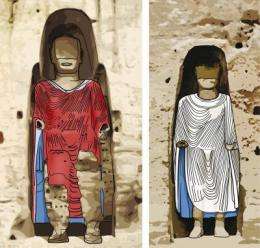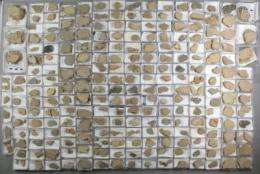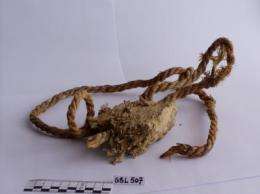German scientists eye Afghan Buddha reconstruction

German scientists said Friday they believed it possible to reconstruct one of the world-famous Bamiyan Buddhas dynamited by the Taliban in Afghanistan in 2001, prompting worldwide condemnation.
Scientists from the University of Munich, in southern Germany, have examined fragments of the statues -- the world's largest Buddhas -- and concluded that the smaller one could be pieced together.
The two sculptures, 53 metres (173 feet) and 35 metres tall, had stood sentinel for 1,500 years in Bamiyan province before they were blown up by Islamists who believed them to be idolatrous.
Erwin Emmerling, the leader of the team sifting through hundreds of fragments, "considers a reconstruction of the smaller Buddha to be fundamentally possible," the university said in a statement.
"As far as the larger Buddha is concerned, in view of its depth (thickness) of around 12 metres, Professor Emmerling is more sceptical," it said.
Nevertheless, the university cited "political and practical" obstacles to rebuilding the precious statues.

Either a small factory would have to be built in the Bamiyan valley or some 1,400 rocks weighing up to two tonnes each would have to be transported to Germany. Japanese funding could reportedly be used to rebuild the sculptures.
They were once painted a variety of colours, the scientists said, including dark blue, pink, orange, red and white.
"The Buddhas once had an intensely colourful appearance," Emmerling said.
Based on their investigation, the scientists also dated the smaller Buddha to between 544 and 595 AD. The bigger Buddha was built between 591 and 644, they said.

A conference in Paris to debate the future of the Buddhas is expected to take place next week, the statement said.
The niches where they once stood overlooking Bamiyan city, the eponymous capital of the province, are being restored as a UN World Heritage site.
(c) 2011 AFP


















